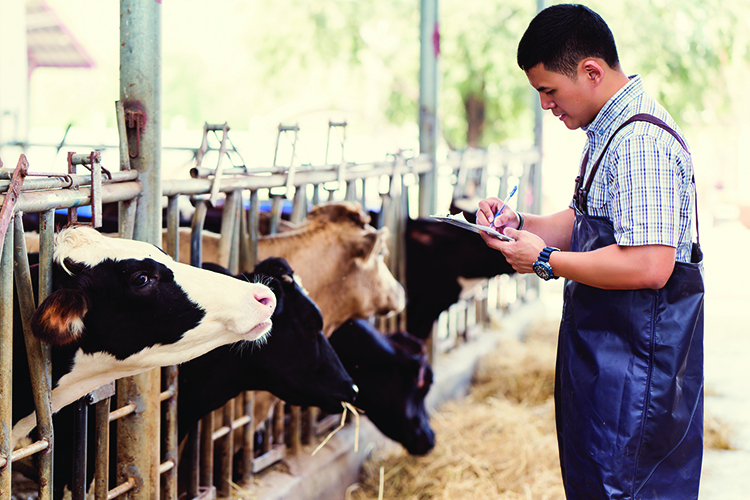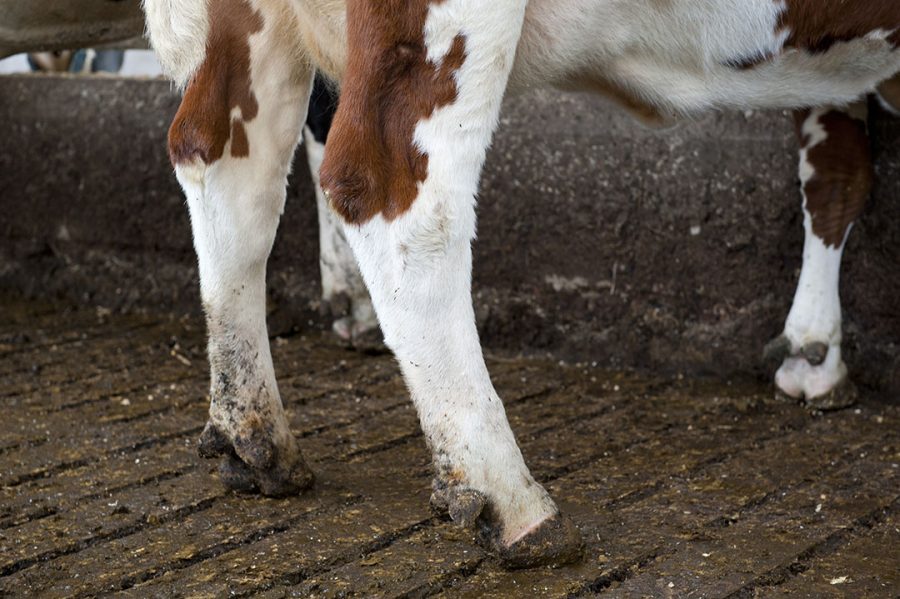Beef-on-dairy crossbreeds are turning dairy farming into a goldmine. Ready to boost your profits and maximize your farm’s potential?
Summary: Are you looking to make your dairy operation more profitable? Beef-on-dairy crossbreeds might be the solution. With U.S. beef prices soaring due to a historic low in cattle numbers, this approach lets dairy farmers capitalize on the beef shortage while optimizing resources. Introduced in 2005 to improve herd size and milk yield, beef-on-dairy crossbreeding has evolved into a profitable strategy by minimizing excess heifers and increasing earnings. As market demands for high-quality beef rise, the financial benefits are clear. Learn effective breeding strategies and management practices that can transform your dairy farm into a lucrative venture.
- Beef-on-dairy crossbreeds provide a profitable solution for dairy farmers facing rising beef prices.
- This strategy capitalizes on the current beef shortage, turning an industry challenge into a financial opportunity.
- Originally introduced in 2005, beef-on-dairy crossbreeding helps minimize the number of excess heifers, optimizing farm resources.
- High-quality beef from crossbreeds meets market demand, offering clear financial benefits to dairy farmers.
- Adopting effective breeding and management practices can significantly enhance the profitability of your dairy operations.
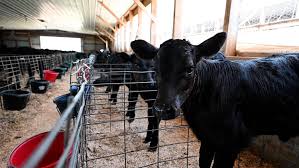
Did you know the U.S. beef herd has been at its lowest point since 1958? According to the USDA, there were just 28 million beef cattle in the United States on January 1, representing a 2% decline from 2023. This shortfall has prompted beef prices to skyrocket, with no respite in sight. However, this creates an opportunity for dairy farmers: beef-on-dairy crossbreeds might be a cash cow option. Beef-on-dairy crossbreeding is a process where dairy cows are mated with beef sires, resulting in calves that possess both dairy and beef qualities. This can help alleviate the meat shortage by producing more valuable calves for the cattle market, lowering expenses, and boosting income.
From Idea to Implementation: How Beef-on-Dairy Became a Game-Changer
The acceptance of beef-on-dairy crossbreeding did not occur suddenly. It was a solution that arose out of need and opportunity. Let’s go back to 2005 when dairy-sexed sperm, a technological breakthrough that allows dairy producers to breed cows to produce more female calves selectively, reached the market. This was a game changer for improving herd size and milk output and paved the way for beef-on-dairy crossbreeding.
However, by 2014, this strategy resulted in a significant excess of dairy heifers. Dairy producers found themselves in a dilemma. They had too many heifers, and the expenditures of raising them much outweighed their market worth. Raising a heifer costs roughly $2,200, but their average selling price is just $1,500. Continuing along this route was untenable for long-term profitability. However, with the advent of beef-on-dairy crossbreeding, a more sustainable and prosperous future is achievable. This method minimizes the excess of heifers and raises the value of each calf, increasing your earnings.
On the other hand, the beef business had its own set of obstacles. Persistent droughts in the western United States limited the quantity of beef cattle, increasing meat prices. This presented an unprecedented opportunity for dairy producers. Crossbreeding their excess dairy heifers with beef sires might result in more valued and in-demand beef-on-dairy calves.
This transformation necessitated changes and learning within the sector. Early adopters of beef-on-dairy crossbreeding experienced challenges due to a lack of knowledge and substantial variation in the calves produced. They had to know about the best beef sires to use, the optimal breeding methods, and how to manage the resulting crossbred calves. Over time, understanding improved, and the advantages became more apparent. Dairy producers might now better manage their herds, decrease the number of dairy heifers, and increase income by selling beef-on-dairy calves.
Farmers discovered a means to transform prospective losses into successful endeavors by utilizing market dynamics in the dairy and beef sectors, opening the path for beef-on-dairy to become a routine practice. So, how about you? Have you considered how this crossbreeding approach may improve your operation? The financial benefits of beef-on-dairy crossbreeding might dramatically increase your profits. It is a question worth examining.
Genetic Superiority: How Crossbreeding Elevates Your Herd’s Performance
Have you considered the genetic benefits of beef-on-dairy crossbreeds? Combining the most significant features of beef and dairy breeds unlocks a world of possibilities. Dairy breeds, such as Holsteins, naturally generate substantial amounts of milk. However, when mated with beef breeds like Angus, these calves receive strong beef qualities that improve their overall performance.
What is the consequence of this genetic combination? For starters, these calves are more hardy. Dairy cattle often have robust immune systems since they are bred for lifespan and milk output. Mixing in beef genetics may boost this resilience, making calves more resistant to environmental challenges and diseases. As a dairy farmer, you should feel confident in your breeding selections.
Growth rates also increase significantly. While dairy breeds are not recognized for quick development, beef genetics influence this attribute. Calves produced by beef-on-dairy crossbreeding often develop faster and reach market weight sooner, requiring less time and money to nurture. This efficiency leads to better profits.
Another significant advantage is increased feed conversion efficiency. Dairy cattle effectively convert feed into milk, but beef cattle are developed to turn feed into muscular mass efficiently. Because of the synergy of these qualities, beef-on-dairy calves may make greater use of their diet, resulting in increased muscle development and weight gain. You obtain more meat per pound of feed, which reduces your operating costs.
Beef-on-dairy crossbreeds provide a strategic advantage by combining the finest aspects of each. They are hardy, rapidly developing, and effective at turning feed into helpful weight. This is a win-win situation.
Overcoming a Surplus: Dairy Heifers to Profitable Beef-On-Dairy Crossbreeding
In 2014, dairy producers faced a considerable problem. Many people found themselves with an excess of dairy heifers that cost more to raise than they were worth. Initially, most dairy producers spent $2,200 to grow a heifer and sold them for an average of $1,500. This unsustainable business paradigm drove farmers to seek other alternatives.
Enter beef-on-dairy crossbreeding, an idea that piqued curiosity as a possible cost-cutting approach. Farmers wondered how we could raise fewer dairy heifers. Initially, the absence of knowledge and uniformity made it difficult. Feedlots didn’t have much information on beef-on-dairy, a new dynamic for the beef industry. However, the sector gradually learned and adapted.
Testing with beef-on-dairy crossbreeding started to show promise as a viable method. Around 2012, some early adopters began aggressively managing their dairy heifer inventories. These farmers began identifying areas of their herd that might be mated with beef sires, resulting in more reliable and lucrative calf yields.
Riding the Wave: Market Trends and Future Prospects for Beef-On-Dairy Crossbreeds
So, how does the future look for beef-on-dairy crossbreeds? Well, the market indications are bullish. As previously stated, demand for high-quality beef is increasing despite the number of beef cattle in the United States reaching a record low. Consumers are increasingly prepared to pay a premium for high-quality, ethically farmed beef, which aligns with the beef-on-dairy business.
Market experts predict that the U.S. beef market will expand due to increased domestic demand and exports. Countries such as China and Japan, in particular, have shown an increased desire for American beef, indicating a solid future need [source: USDA Beef Export Report, 2023]. As more nations seek premium beef products, the economics of producing beef-on-dairy crossbreeds are projected to increase significantly.
Furthermore, the efficiencies gained from deploying A.I. beef sires and proactively managing dairy heifer stocks allow producers to continue optimizing profits per animal. Bjurstrom’s conclusions are clear:
- Decreased feed costs.
- Better use of farm resources.
- Capitalizing on rising market prices is an appealing benefit.
Consider this: a farmer may either stay with conventional dairy heifer operations or switch to a strategy that generates many revenue streams. The latter seems to be significantly more rewarding in today’s economic context. Genetic superiority and managerial tactics will improve as the industry advances via research and technology, leading to increased profitability.
So, suppose you’ve been debating whether or not to deploy beef-on-dairy crossbreeding. In that case, market patterns indicate that now is the time to act. Your farm’s financial health may reward you for this.
Effective Management Strategies for Beef-On-Dairy Crossbreeds
Several tactics have been successful in controlling beef-on-dairy crossbreeds. Let’s examine some of the most common approaches and why they’re essential for increasing your company’s profitability.
First, think about your breeding plan. Some ranchers raise all second-lactation and older cows for meat while maintaining heifers and top cows for dairy. Others may choose the top 20% of their herd for AI-sexed dairy semen and the remainder for A.I. beef bulls. What is your approach?
Calf management is also an important consideration. Some farmers want to bring their crossbred calves to maturity. This method enables businesses to repurpose buildings and use resources such as feed and manpower, increasing income.
Then, some farmers sell newborn beef-on-dairy calves. This technique reduces labor and administrative expenses while providing instant cash flow. Furthermore, the rates for these calves may be very profitable.
Effective management also includes feeding techniques. Beef-on-dairy calves should not be fed like dairy cows. Using feed refusals and supplementing judiciously may improve feed efficiency and decrease waste. What feeding schedule is ideal for your operation
In addition, evaluate your animals’ space and housing. Some studies imply that beef-on-dairy heifers and steers can be reared together. Still, others indicate that they may perform better when kept apart. Your farm’s unique circumstances and objectives often determine the best option.
Whether considering breeding plans or everyday management practices, the success of growing beef-on-dairy crossbreeds depends on competent management. By adapting your strategy to your farm’s resources and goals, you can transform these crossbreeds into cash cows.
Unlocking Economic Gains: The Financial Upside of Beef-On-Dairy Crossbreeding
In terms of economic considerations, beef-on-dairy crossbreeding provides significant financial advantages. One of the most compelling reasons to pursue this treatment is the potential rise in calf value. According to a University of Wisconsin Extension study, over 70% of dairy farmers who employ beef sires reported significantly boosting calves’ profitability.
Let us break down the statistics. A newborn beef-on-dairy calf may sell for up to $800, compared to $100-$150 for a pure dairy calf. That’s a significant difference and an instant financial infusion for your farm.
Furthermore, crossbreeding might reduce your total operating expenditures. Raising heifers may cost up to $2,200 per heifer, yet they generally sell for about $1,500. Adding cattle genetics lowers the number of dairy heifers you need to manage, freeing up resources and increasing efficiency.
Finally, completing beef-on-dairy cattle may result in better market pricing. Currently, these steers may fetch roughly $1.75 per pound. With an average weight of 1,400 pounds, the financial potential is substantial. Some dairy farmers see significant benefits in this strategy, which optimizes feed utilization and improves manure management for soil health.
Dairy producers that use beef-on-dairy crossbreeding are tapping into a reliable cash source, as seen by higher calf prices and lower operating expenses. Want to learn more? Download our complete beef-on-dairy guide to know how to boost your farm’s profits.
Maximizing Your Beef-On-Dairy Success with Proven Strategies
- Start With Strategic Breeding: Identify the underperforming 20-40% of your dairy herd. Use A.I. beef sires for these cows while reserving dairy semen for your best performers. This guarantees you get the most out of your genetic resources.
- Optimize Calf Management: Beef-on-dairy calves should be regularly monitored during their first few weeks. Proper colostrum intake is crucial. Establish a consistent immunization and feeding plan to reduce losses and encourage healthy development.
- Feeding Plans: Remember that beef-on-dairy calves cannot be fed like dairy cows. Create a specific feeding regimen incorporating forages and grains to promote cattle development. Utilize feed refusals from your dairy business for cost savings, but balance them with nutritional supplements tailored to cattle needs.
- Facility Adaptation: Repurpose underused or underutilized buildings to raise beef and dairy calves. Ensure that these facilities meet the demands of beef cattle development, including enough space, ventilation, and waste management.
- Understand Market Dynamics: Stay informed on beef market trends. Monitor beef prices and adjust your marketing methods appropriately. Whether you sell calves at birth or finish them for beef, understanding market pricing can help you maximize earnings.
- Leverage Expert Advice: Collaborate with extension staff, agronomists, and experienced farmers. Attend seminars and keep updated with professional magazines like The Bullvine. The more you know, the more equipped you will be to make educated choices about your property.
The Bottom Line
Overall, beef-on-dairy crossbreeding is a viable answer to many difficulties dairy producers face today. We’ve seen how incorporating beef genetics into dairy herds may help close the beef market gap, improve farm resource management, and provide a significant cash stream. The economic benefits are obvious if you sell these crossbred calves shortly after birth or rear them to total weight.
By using beef-on-dairy solutions, you may address the oversupply of dairy heifers while increasing profits from your current resources. This strategy allows you to reduce expenses and improve feed efficiency while contributing to a more sustainable agricultural model.
 Download “The Ultimate Dairy Breeders Guide to Beef on Dairy Integration” Now!
Download “The Ultimate Dairy Breeders Guide to Beef on Dairy Integration” Now!
Are you eager to discover the benefits of integrating beef genetics into your dairy herd? “The Ultimate Dairy Breeders Guide to Beef on Dairy Integration” is your key to enhancing productivity and profitability. This guide is explicitly designed for progressive dairy breeders, from choosing the best beef breeds for dairy integration to advanced genetic selection tips. Get practical management practices to elevate your breeding program. Understand the use of proven beef sires, from selection to offspring performance. Gain actionable insights through expert advice and real-world case studies. Learn about marketing, financial planning, and market assessment to maximize profitability. Dive into the world of beef-on-dairy integration. Leverage the latest genetic tools and technologies to enhance your livestock quality. By the end of this guide, you’ll make informed decisions, boost farm efficiency, and effectively diversify your business. Embark on this journey with us and unlock the full potential of your dairy herd with beef-on-dairy integration. Get Started!













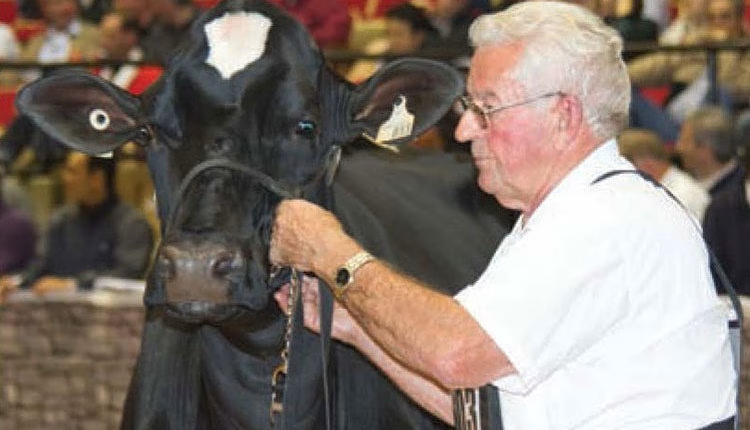


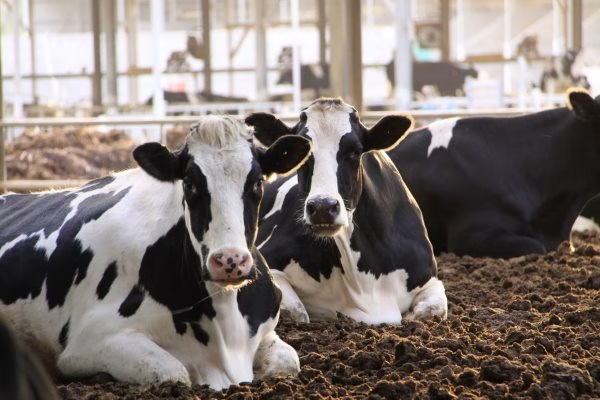
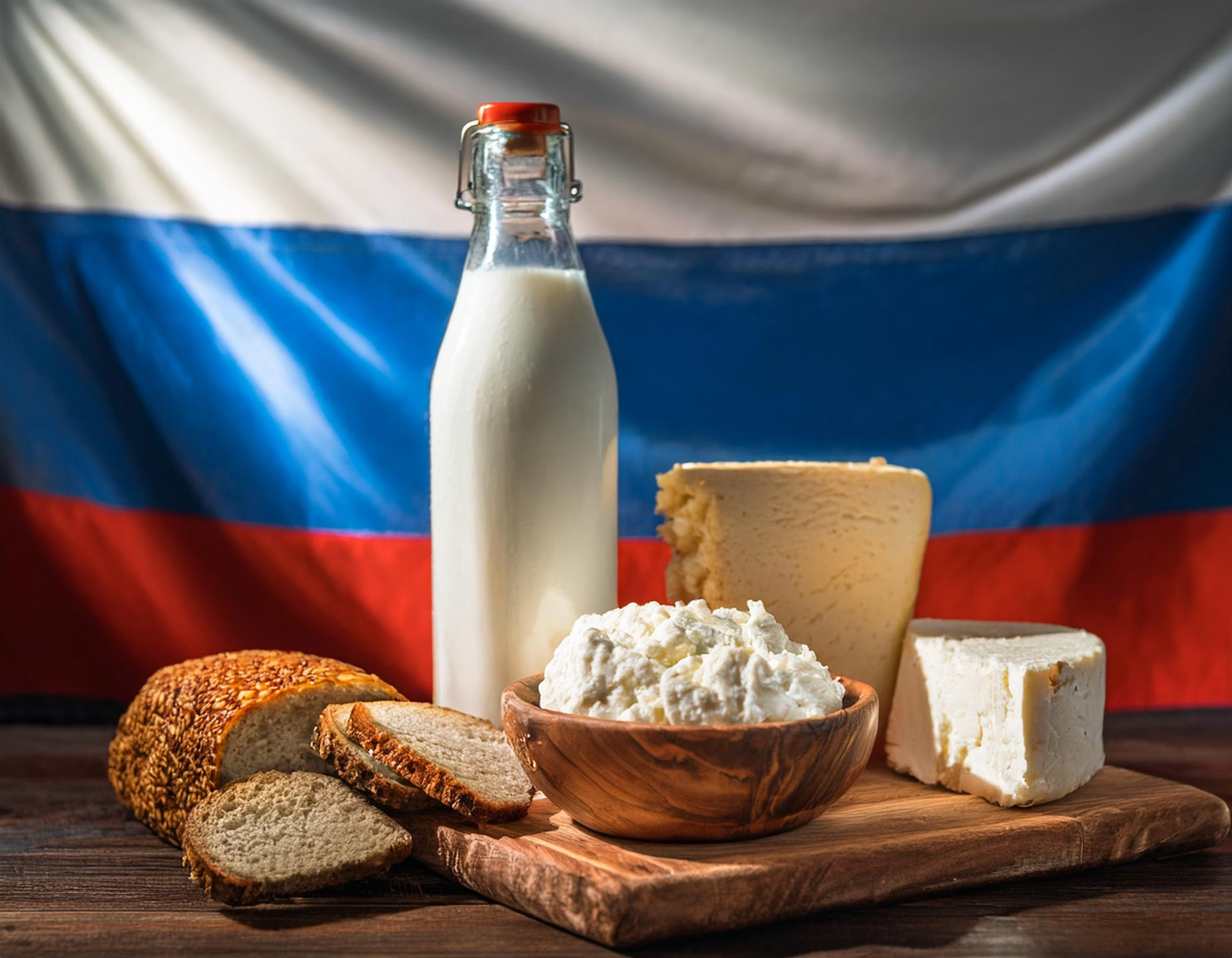



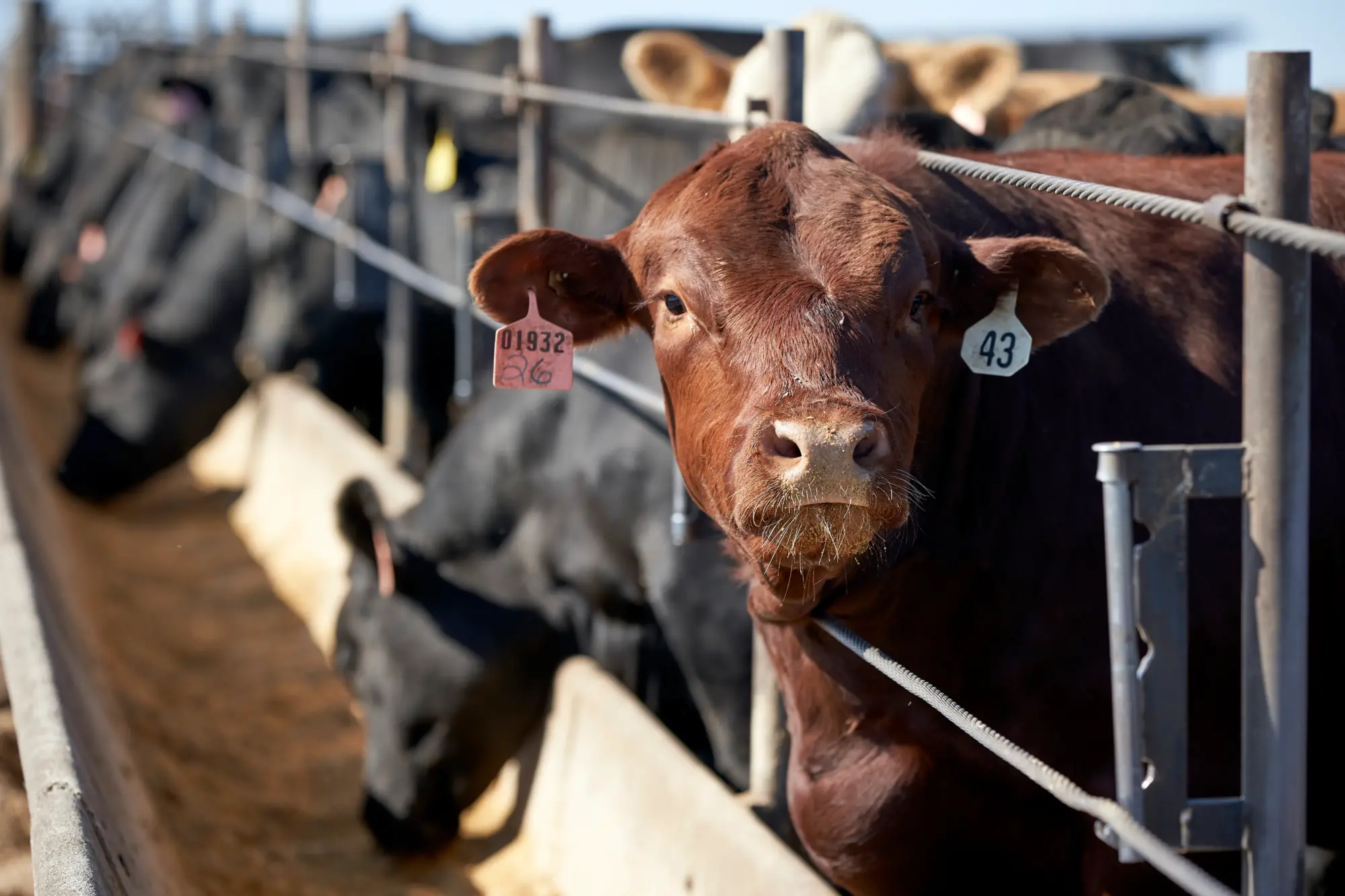





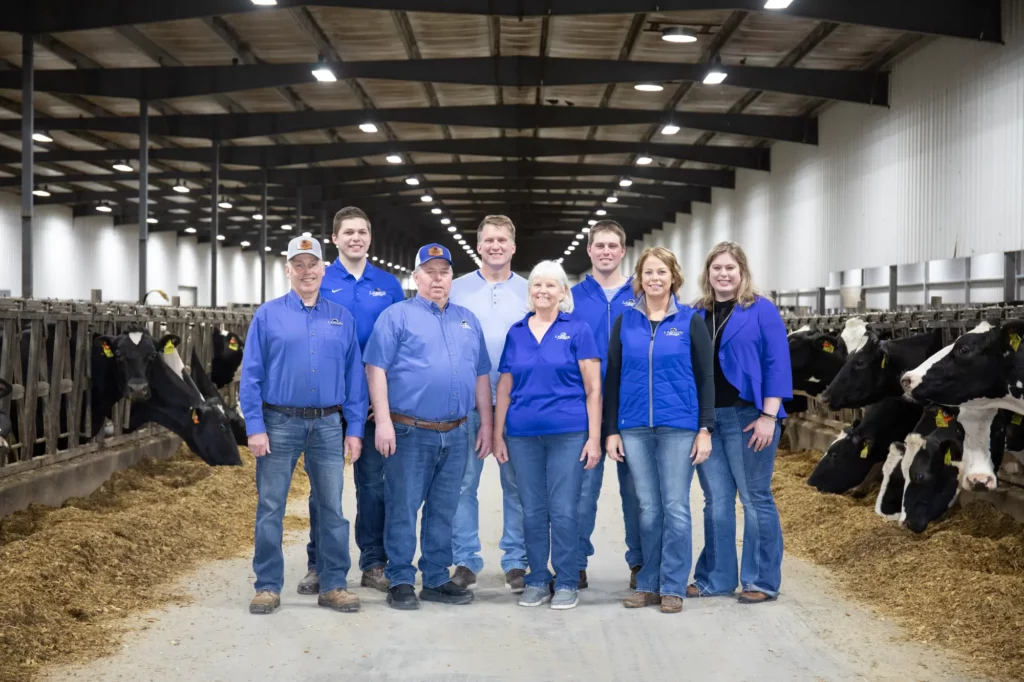
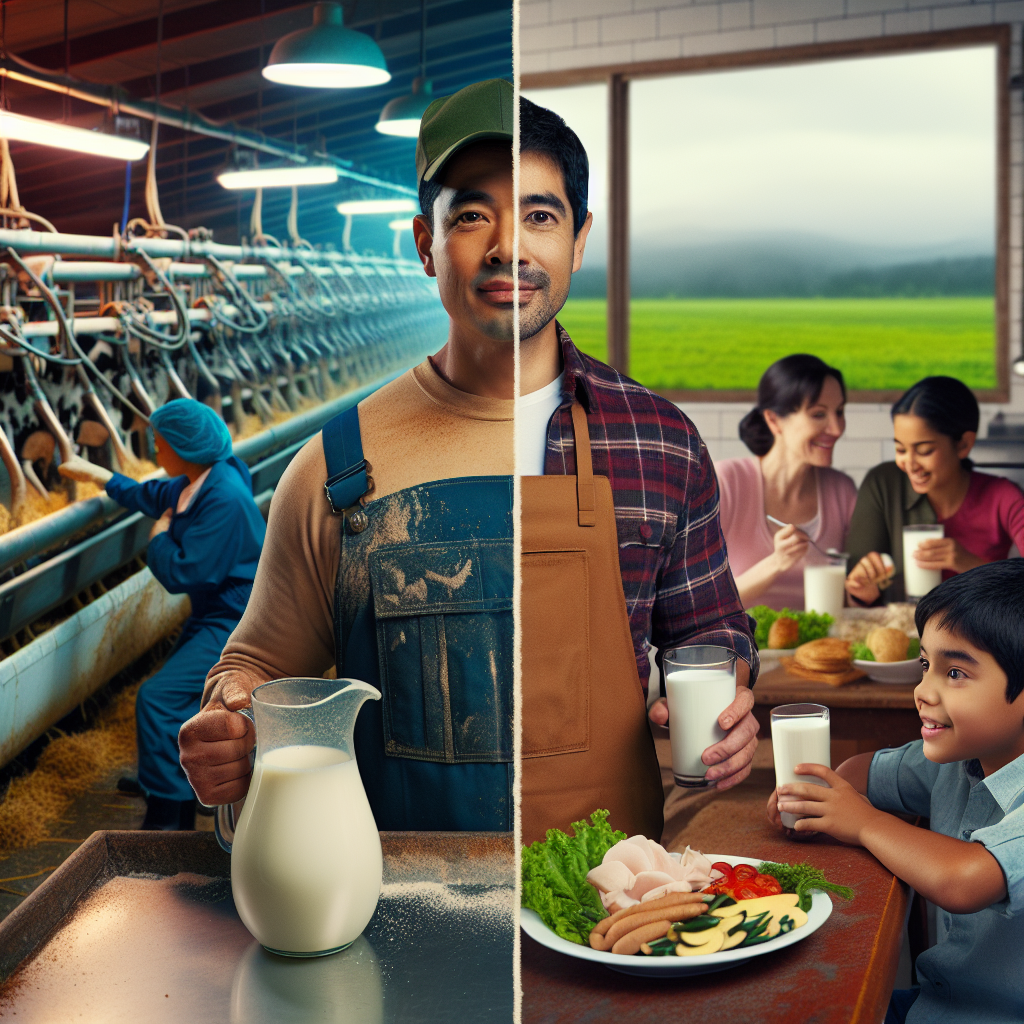


 Meet Holstein Canada’s new leaders for 2024-2025. How will President Gilles Côté and his team drive the future of the organization? Discover their strategic vision.
Meet Holstein Canada’s new leaders for 2024-2025. How will President Gilles Côté and his team drive the future of the organization? Discover their strategic vision.



